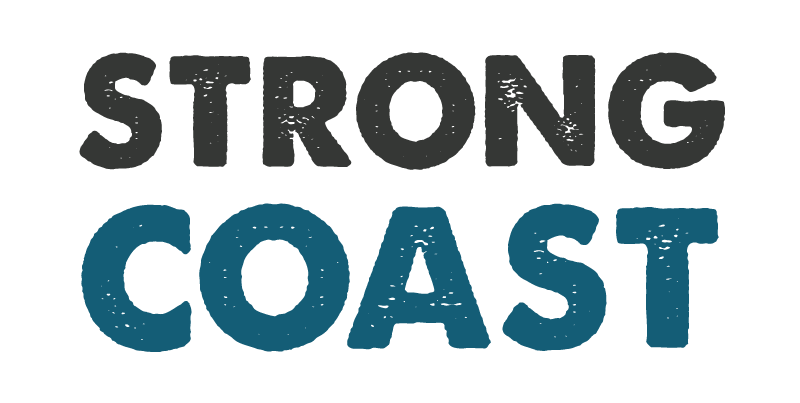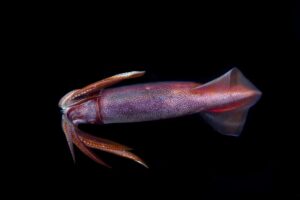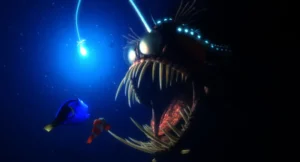Kelp is a large type of brown algae that typically grows in cold, shallow waters near the coast. It can grow up to several hundred feet long. Kelp has two main parts – a holdfast that anchors it to the ocean floor, and a highly branched blade-like structure known as a frond. The frond comprises multiple layers of flattened and rectangular cells called blades, which are filled with a thick mucilage material that helps retain moisture. The holdfast typically extends out from the seafloor to catch passing waves for extra nutrients. Kelp has many essential functions on the Great Bear Coast.
Creating Habitats: Safe Havens for Marine Animals
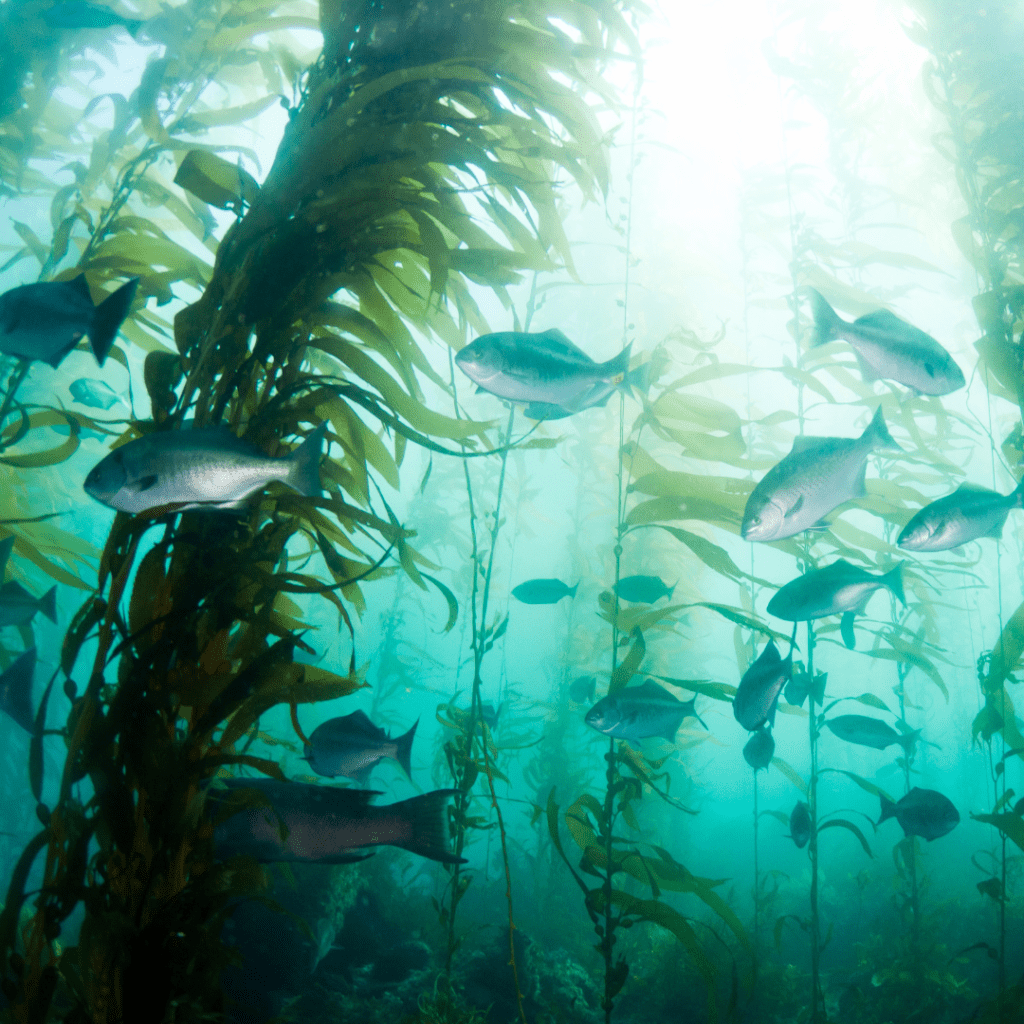
One of the most important functions of kelp on the Great Bear Coast is its ability to provide a habitat for many marine organisms. The thick, tangled kelp fronds serve as a safe haven for fish and other creatures, offering protection from predators and providing a place to lay eggs and rear young. Species of marine life in the Great Bear Sea that rely on kelp forests for their habitat and protection include salmon, halibut, otters, sea urchins, rockfish, sea lions, otters, and invertebrates. This makes kelp a keystone host.
Serving as a Food Source for Marine Animals
Kelp also serves as an important food source for many marine animals. Kelp fronds provide nourishment for various herbivores, including sea urchins and sea stars. These animals help maintain the kelp forest’s health by grazing on the seaweed and preventing it from overgrowing. In turn, the kelp supports a variety of larger animals, such as sea otters and sea lions, which feed on the herbivores. Therefore, kelp is a keystone species on the Great Bear Coast.
Blue carbon ecosystems can actually help defend coastal communities by stabilizing shorelines due to their ability to hold sediment in place.
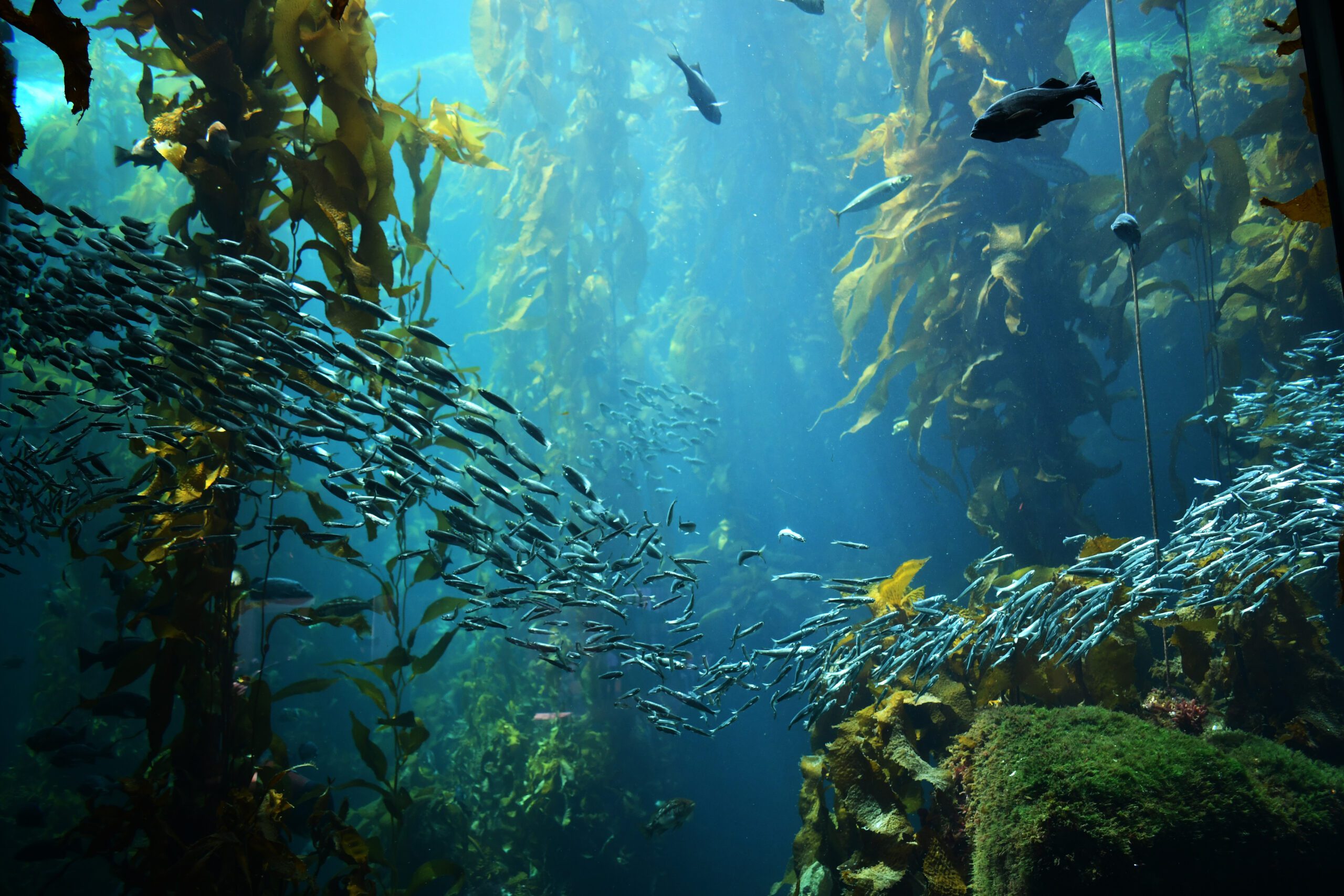
Kelp as Carbon Absorber
Kelp plays a critical role in the Great Bear Sea ecosystem by absorbing and storing large amounts of carbon. Kelp forests act as “blue carbon” sinks, taking in carbon from the atmosphere through photosynthesis and storing it in the form of biomass. Kelp is an incredibly efficient carbon absorber. First, kelp can grow up to two feet per day, constantly expanding its ability to absorb carbon. Moreover, unlike plants, kelp can store carbon for millennia, which means it removes carbon from the carbon cycle. Kelp, therefore, mitigates the effects of climate change. Furthermore, kelp’s ability to sequester carbon dioxide helps regulate ocean temperature, combatting acidification, which is one of the major threats facing ocean health.
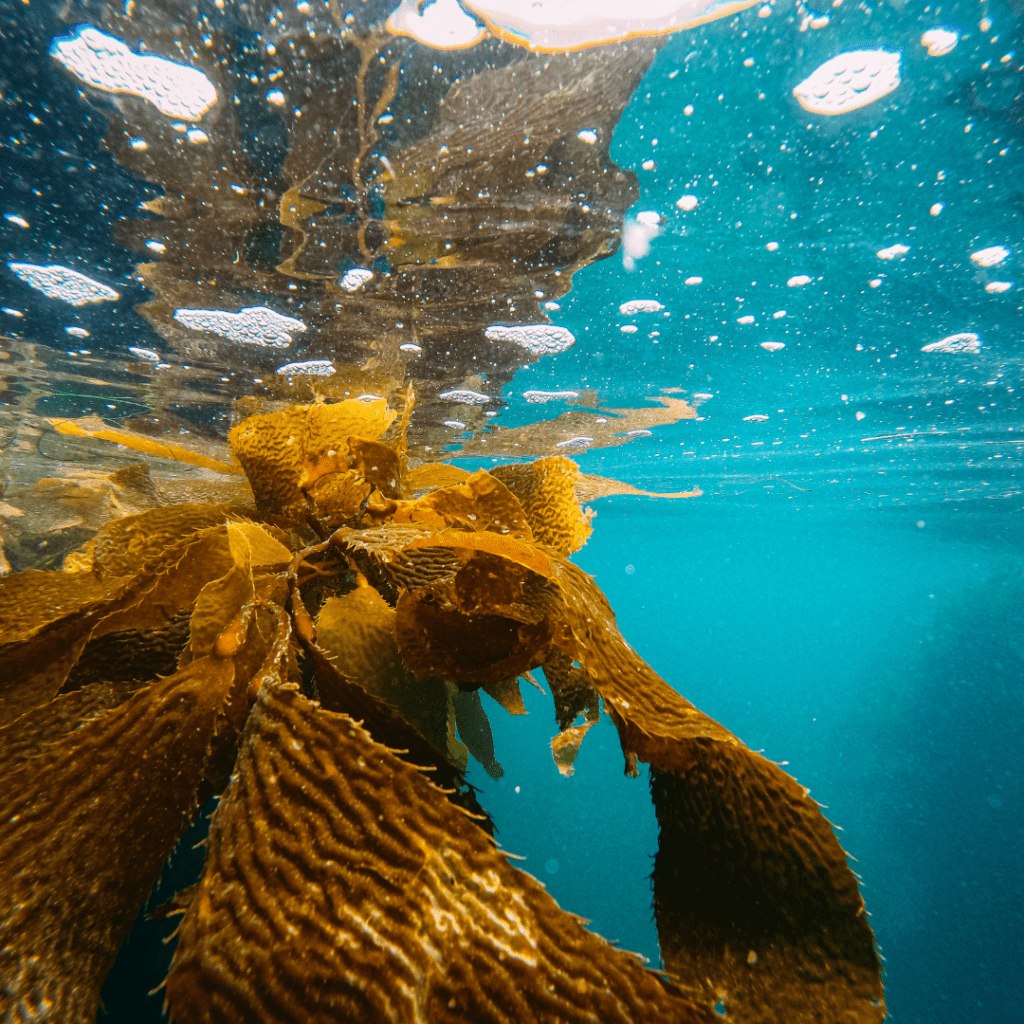
Kelp as Oxygen Producer
Kelp plays a vital role in maintaining oxygen levels in the water. Its long fronds provide a space where floating particles such as plankton and nutrient-rich organic matter can accumulate. The result is photosynthesis, which releases oxygen into the water column. In fact, kelp produces at least 50% of the earth’s oxygen. By contributing to oxygen levels, kelp helps create healthy coastal ecosystems that support a diverse range of species.
Supporting Healthy Coastal Communities
The diverse array of marine life living within or near kelp forests creates a highly productive food web which supports local communities on the Great Bear Coast by providing abundant sources of fish and other seafood such as crabs, clams and mussels. Moreover, the ancient Spawn on Kelp fisheries is an important source of protein, fat, thiamin, and riboflavin for many coastal communities.
